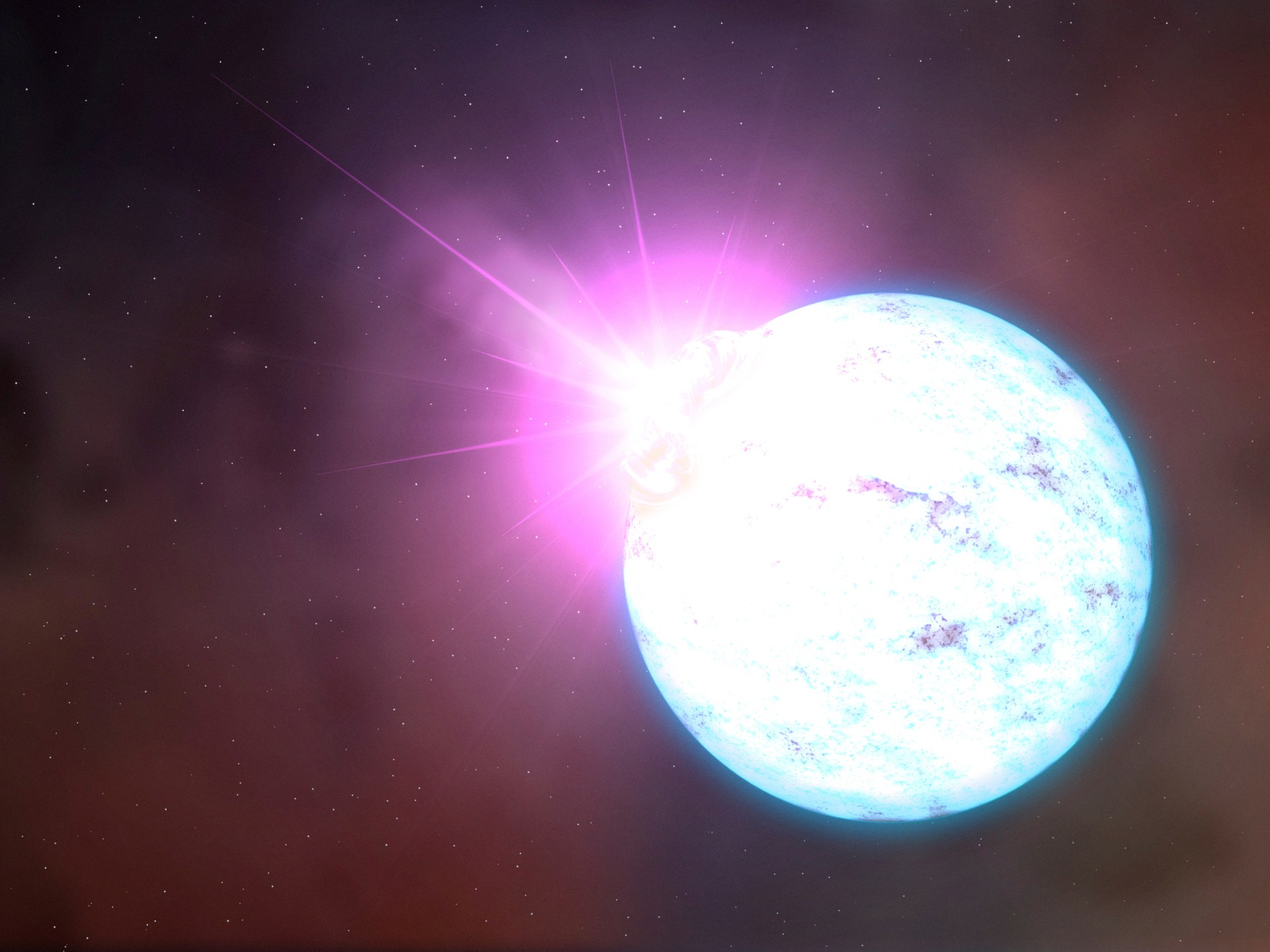One of astrophysics’ greatest mysteries is how heavy elements like gold came to be. A new study has revealed the origins of the precious metal in the universe.
According to research, explosions in highly magnetized neutron stars, or “magnars,” may have produced gold in the universe.
More information about the study can be found here:
What recent information has been made regarding gold’s origins?
A study published in The Astrophysical Journal Letters on April 29 finds that a significant amount of heavy metals, including gold, are produced by massive flares from magnetars.
The study, which used 20-year-old archival telescope data from NASA and the European Space Agency telescopes to study how heavy elements like iron and gold were created and distributed throughout the universe, was led by Anirudh Patel, a doctoral student at Columbia University in New York.
In a statement made by Patel in an article on the NASA website, “It’s a pretty fundamental question in terms of the origin of complex matter in the universe.” It’s a fun puzzle that hasn’t been completely resolved, the author claims.
According to the authors, magnetar giant flares could account for 10% of the galaxy’s total weight in terms of heavier elements.
The study’s co-authors are associated with Ohio State University, Columbia University, Charles University in the Czech Republic, Louisiana State University, and the Flatiron Institute in New York.
How did gold get formed on a magnetar, and what is it?
A magnetar is a type of neutron star with a powerful magnetic field because it is highly magnetized. A neutron star is left behind when a massive star explodes, leaving behind a very dense, collapsed core.
According to study coauthor Eric Burns, assistant professor and astrophysicist at Louisiana State University in Baton Rouge, astronomers believe the first magnetars were created after the first stars about 13.6 billion years ago. The universe was created by the Big Bang a 13 billion years ago.
Magnetars can occasionally release high-energy radiation by acting like a “starquake.” A starquake can sever the magnetar’s crust, much like an earthquake. A magnetar giant flare, a rare explosive event that releases gamma rays, can occasionally be brought with them by magnetar starquakes.
The researchers discovered that giant flares release material from magnetars. They do not yet have a physical explanation for this, though.
The researchers questioned whether magnetar giant flares produced gold as a result of the rapid neutron transformation that transformed lighter atomic nuclei into heavier ones. The number of protons an element has determines its identity. However, an atom can undergo nuclear decay, which can transform a neutron into a proton, if it acquires an additional neutron.
The identity of an element can change as a result of a change in the number of protons. Neutrons are extremely abundant in stars with very high density. Singular atoms can quickly capture a large number of neutrons and go through multiple decays if the neutron star is damaged. This causes much heavier substances like uranium to form.
Prior to this study, only neutron star collisions, or kilonovas, were credited with producing gold. When astronomers used telescopes to study a neutron star collision in 2017, they discovered that it could result in heavy metals like gold, platinum, and lead. However, these collisions are thought to have occurred over the course of several billion years in the universe.
However, the previously incomprehensible archival telescopic data revealed that magnetar giant flares started to form much earlier. Therefore, the study suggests that magnetar giant flares may have produced the first gold.
What comes next?
Following these findings, NASA will embark on a mission in the future. A gamma-ray telescope called COSI is expected to launch in 2027.
Source: Aljazeera

Leave a Reply